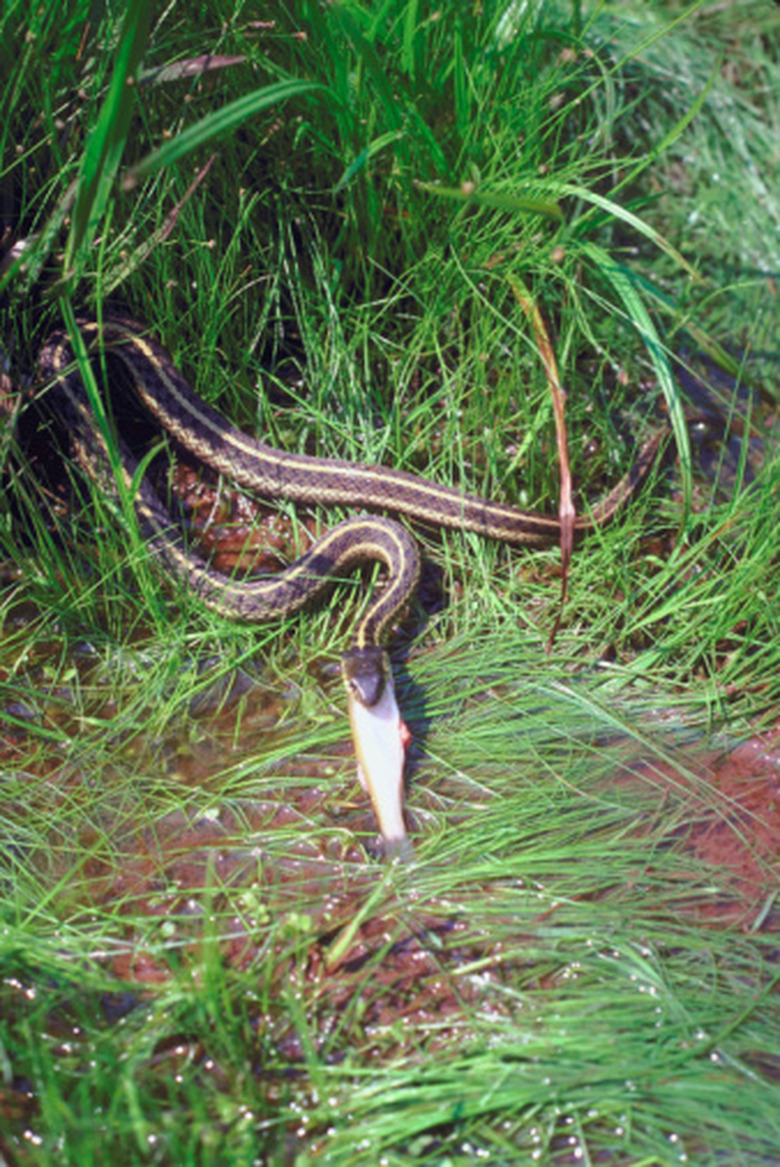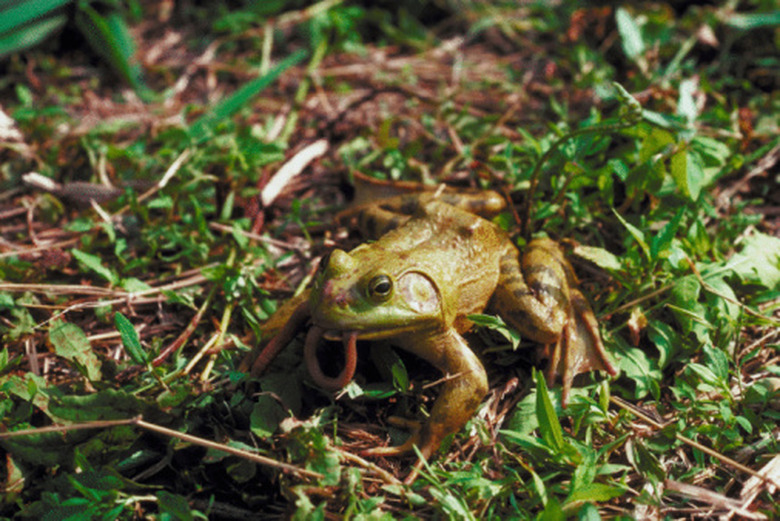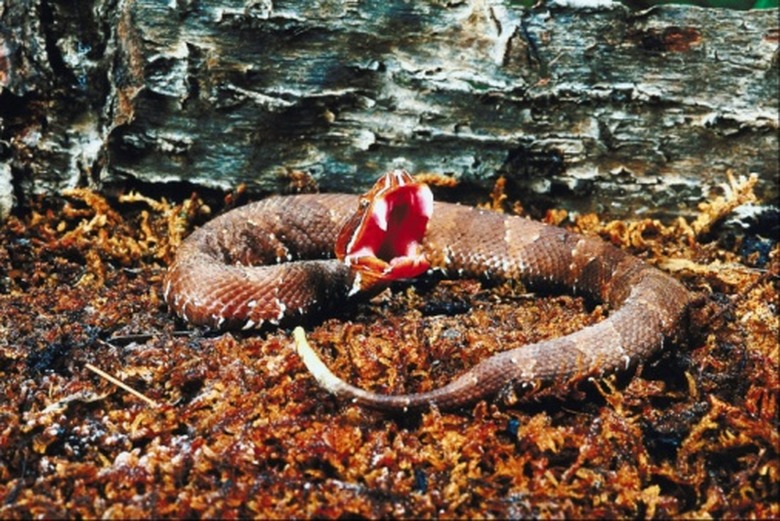North Louisiana Snakes That Give Live Birth
Northern Louisiana is rich in a variety of snakes, many of which are live-bearing and some of which are venomous. Most reptiles lay eggs, as many snakes do, but for various reasons some snakes evolved into live-bearing species. In northern Louisiana, you can find live-bearing snakes in various habitats including marshes, forests, near bodies of water, in your garden — basically anywhere outdoors.
Garter Snakes
Garter Snakes
Garter snakes make up a large family of snakes common throughout most of the United States. Several species and subspecies live in northern Louisiana, giving birth to a clutch of live young during the summer. Depending on the subspecies, you may encounter a plain, striped or patterned garter snake living in your yard or throughout other natural areas. They often prefer moist habitats, and some are semi-aquatic. The common garter snake and its subspecies can grow anywhere from 18 inches to over 51 inches long; young garter snakes are typically 5 to 9 inches long.
Ribbon Snakes
Ribbon Snakes
Ribbon snakes resemble garter snakes except their bodies are more slender and ribbon-like as their name suggests. Like garter snakes, there are several subspecies of ribbon snakes throughout their ranges. The Western ribbon snake and its subspecies inhabit most of Louisiana, with the Eastern ribbon snake having a small Louisiana range north of Lake Pontchartrain. Both prefer wet habitats, with the Eastern considered semi-aquatic. The Western ribbon snake gives birth to four to 27 young, 8 to 11 inches long, between July and September. The Eastern ribbon snake gives birth to three to 26 young, 7 to 9 inches long, between July and August.
Water Snakes
Water Snakes
Northern Louisiana is also home to many species of water snakes which bear live young. Water snakes are not venomous, although many resemble venomous relatives such as cottonmouths and rattlesnakes. Water snakes are avid swimmers and feed on fish, amphibians and other water and wetland loving creatures. Some of the species that inhabit northern Louisiana grow over 6 feet long, while most are more moderate in size ranging from around 30 inches to 60 inches. Depending on the species, females bear their young from June to August or August to October. Anywhere from two to over 100 babies are born at a time, depending on species and the individual female.
Pit Vipers
Pit Vipers
All pit vipers are live-bearing, and several live in Northern Louisiana. The cottonmouth, also referred to as a water moccasin, is a large, greenish, black or brown snake that inhabits areas near water. They get their name from their cottony white mouth they display when threatened. According to Loyola University, cottonmouths account for more venomous snake bites in Louisiana than any other venomous species. Copperheads and rattlesnakes of Northern Louisiana, with the exception of the pygmy rattlesnake, prefer woody areas with rock outcrops. The pygmy rattlesnake prefers habitats such as sand hills, forests and near lakes and marshes.
References
- "National Audubon Society Field Guide to Reptiles and Amphibians"; Behler and King; 1979
Cite This Article
MLA
Kelly, Jasey. "North Louisiana Snakes That Give Live Birth" sciencing.com, https://www.sciencing.com/north-snakes-give-live-birth-8098425/. 22 November 2019.
APA
Kelly, Jasey. (2019, November 22). North Louisiana Snakes That Give Live Birth. sciencing.com. Retrieved from https://www.sciencing.com/north-snakes-give-live-birth-8098425/
Chicago
Kelly, Jasey. North Louisiana Snakes That Give Live Birth last modified August 30, 2022. https://www.sciencing.com/north-snakes-give-live-birth-8098425/



